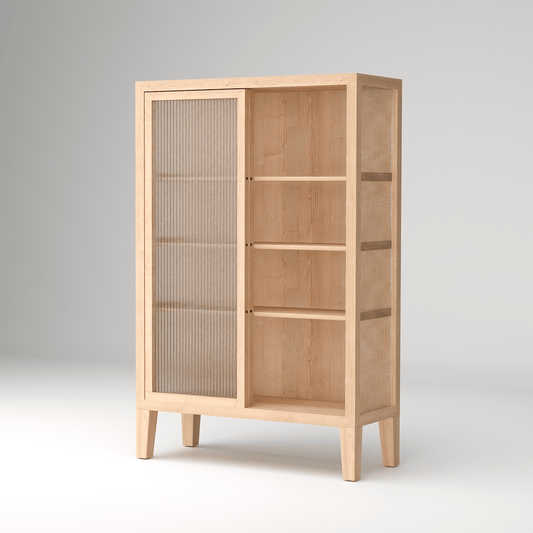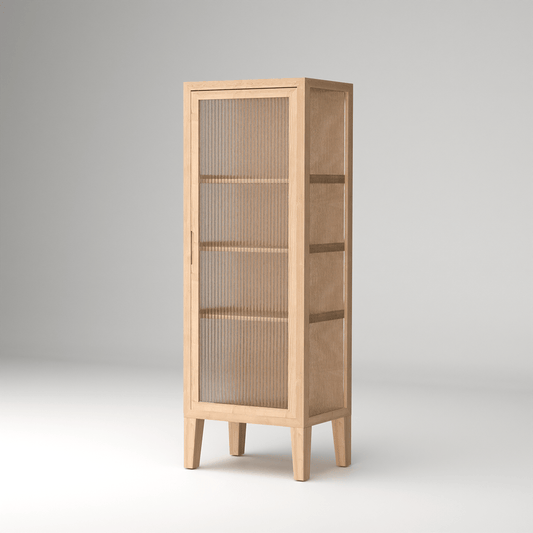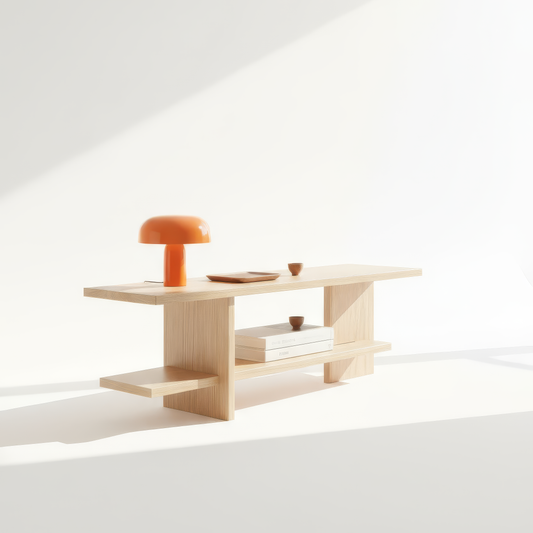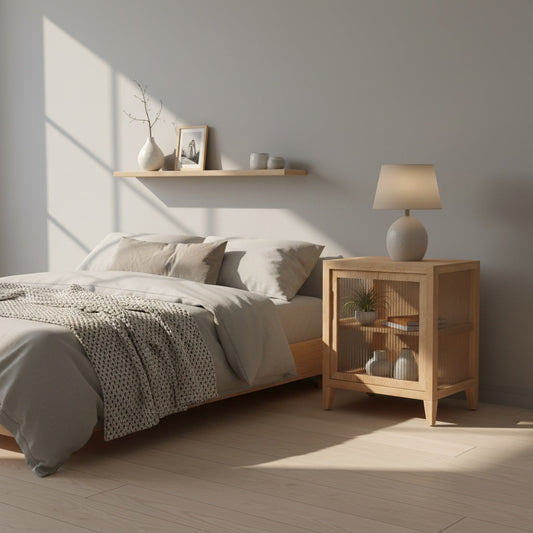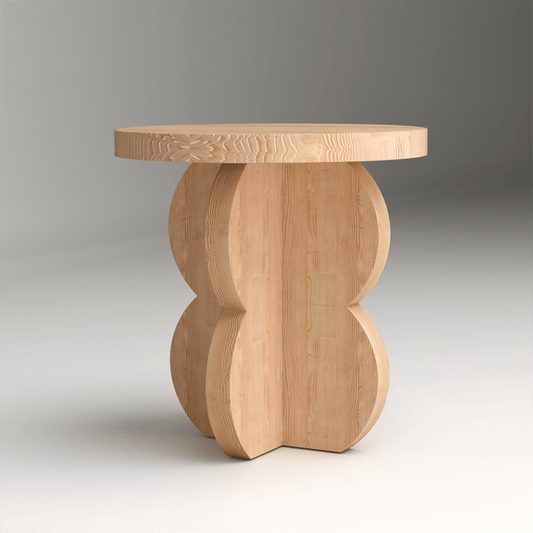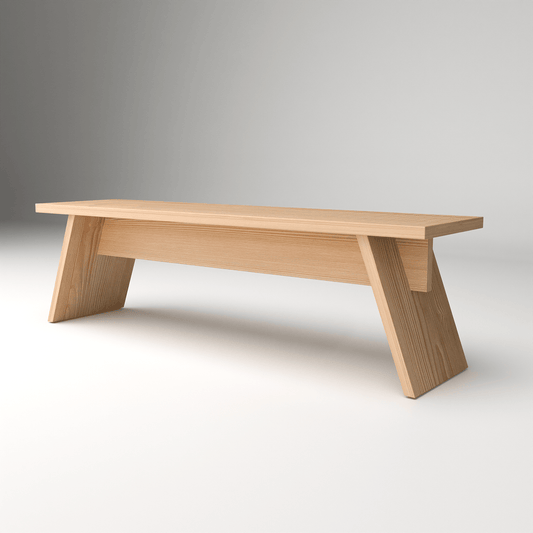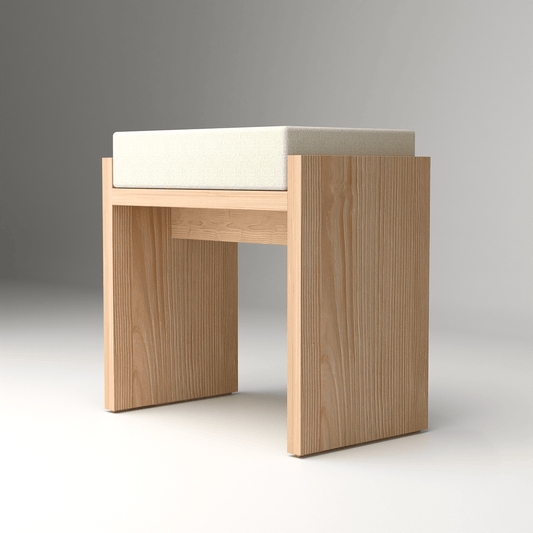In India's rapidly urbanizing landscape, where apartment sizes continue to shrink while stress levels rise, the concept of wellness-focused design has never been more crucial. Small Indian homes face unique challenges: accommodating joint families, managing monsoon humidity, dealing with urban pollution, and creating spaces that support both traditional practices and modern lifestyles. Wellness-focused small space design addresses these challenges by creating environments that actively promote physical health, mental well-being, and spiritual balance within compact living areas.
Understanding Wellness in Indian Home Context
Traditional Indian Wellness Concepts
Indian culture has long understood the connection between living spaces and well-being through concepts like Vastu Shastra, Ayurveda, and the principle of creating harmony between the five elements. These ancient wisdom traditions provide valuable insights for modern wellness-focused design, emphasizing the importance of natural light, air circulation, and the strategic placement of elements to promote health and prosperity.
Modern Wellness Needs
Air Quality Management: Addressing urban pollution through natural purification methods Stress Reduction: Creating calm spaces that counteract city life pressures
Physical Activity Support: Incorporating movement and exercise into daily routines Mental Health Priority:Designing spaces that promote emotional well-being and mindfulness
Small Space Wellness Challenges
Limited Natural Light: Urban apartments often have restricted window access Air Circulation Issues:Compact spaces can feel stuffy and unhealthy Noise Pollution: City sounds that disrupt peace and sleep quality Space Constraints: Difficulty finding room for wellness activities and storage
Air Quality and Natural Purification
Plant-Based Air Purification
Snake Plants: Excellent for bedrooms as they release oxygen at night Peace Lilies: Beautiful flowering plants that remove harmful toxins Spider Plants: Easy-care options that multiply and purify effectively Tulsi Plants: Sacred plants that provide both spiritual and health benefits
Strategic Plant Placement
Bedroom Corners: Utilizing unused corners for air-purifying plants Kitchen Herbs: Fresh herbs that purify air while providing cooking ingredients Bathroom Humidity Lovers: Plants that thrive in moist environments Living Room Statements: Larger plants that serve as natural air filters
The Nordic Fluted Glass Cabinet in Pinewood at ₹37,900 to ₹47,000 can house a collection of small potted herbs and air-purifying plants on its shelves, creating a living wellness display that combines storage with natural air purification.
Natural Ventilation Optimization
Cross-Ventilation Planning: Arranging furniture to promote air flow Window Treatment Strategy:Coverings that allow air movement while maintaining privacy Fan Placement: Strategic positioning for maximum air circulation Door Alignment: Keeping pathways clear for natural air movement
Light Therapy in Small Spaces
Maximizing Natural Light
Mirror Placement: Strategic positioning to multiply available daylight Light-Colored Surfaces: Walls and furniture that reflect and distribute light Sheer Window Treatments: Coverings that filter rather than block sunlight Glass and Transparent Elements: Materials that don't obstruct light flow
Artificial Light for Wellness
Circadian Rhythm Support: Lighting that mimics natural daily cycles Warm Evening Lighting: Bulbs that promote relaxation and sleep preparation Task Lighting for Activities: Focused illumination for reading, cooking, and working Mood Lighting Options: Dimmable systems that adapt to different needs
Seasonal Light Management
Monsoon Brightness: Compensating for reduced natural light during rainy seasons Summer Heat Protection: Filtering harsh sunlight while maintaining brightness Winter Light Maximization: Making the most of limited daylight hours Festival Lighting: Incorporating traditional lighting for celebrations
Creating Movement and Exercise Spaces
Yoga and Meditation Areas
Dedicated Floor Space: Clear areas for daily practice, even in small rooms Storage for Props: Organized storage for mats, blocks, and cushions Natural Element Integration: Plants and natural materials to enhance practice Privacy Considerations: Creating peaceful spaces away from household activity
Flexible Exercise Solutions
Multi-Purpose Furniture: Pieces that can be moved to create workout space Wall-Mounted Equipment:Exercise tools that store flat against walls Outdoor Space Utilization: Balconies and terraces for fresh air activities Stair Climbing Integration: Using building stairs for cardio exercise
The Minimalist Magazine Rack at ₹20,500 can store yoga props, exercise bands, and wellness books, keeping fitness essentials organized and accessible while maintaining clean aesthetics.
Sleep Quality Optimization
Bedroom Environment Design
Temperature Control: Natural cooling methods for better sleep quality Noise Reduction: Sound-absorbing materials and strategic furniture placement Darkness Creation: Blackout solutions that don't compromise daytime light Air Quality Focus: Plants and ventilation that improve nighttime air
Natural Sleep Support
Aromatherapy Integration: Essential oil diffusers and aromatic plants Comfortable Textiles: Natural fiber bedding that regulates temperature Electronic Device Management: Creating tech-free zones for better sleep Morning Light Access: Positioning beds to receive gentle morning sunlight
Traditional Sleep Wisdom
Vastu-Compliant Bed Placement: Traditional positioning for optimal rest Natural Material Priority: Wood and cotton elements that don't off-gas Color Psychology: Calming colors that promote restful sleep Sacred Space Creation: Incorporating spiritual elements for peaceful rest
Stress Reduction Through Design
Color Psychology for Calm
Earth Tones: Browns, beiges, and natural colors that ground and stabilize Soft Greens: Colors that connect to nature and promote healing Gentle Blues: Hues that reduce anxiety and promote tranquility Warm Neutrals: Colors that create comfort without overstimulation
Texture and Material Therapy
Natural Wood Elements: Organic materials that reduce stress and promote calm Soft Textile Layers:Fabrics that invite touch and provide comfort Stone and Clay Accents: Earth materials that create grounding energy Water Element Integration: Small fountains or water features for soothing sounds
Clutter Reduction for Mental Clarity
Everything in Its Place: Organization systems that reduce visual chaos Hidden Storage Solutions: Keeping necessary items accessible but invisible Regular Decluttering: Periodic removal of items that no longer serve Mindful Consumption: Choosing only items that truly contribute to well-being
Kitchen Wellness Integration
Healthy Cooking Support
Herb Garden Integration: Fresh herbs for cooking and air purification Natural Light for Food Prep:Positioning work areas near windows Non-Toxic Cookware Storage: Organizing healthy cooking equipment Spice Organization: Traditional Indian spices arranged for easy access and visual appeal
Mindful Eating Spaces
Dedicated Dining Areas: Even small spaces for conscious meal consumption Natural Material Surfaces:Wood and stone that connect meals to nature Comfortable Seating: Chairs that encourage lingering and proper digestion Technology-Free Zones: Eating areas without screens or distractions
Water Quality and Storage
Filtration Systems: Clean water access for health and cooking Copper Vessel Integration: Traditional water storage with health benefits Hydration Stations: Convenient access to clean drinking water Traditional Clay Pot Use: Natural cooling and mineral enhancement
Bathroom Wellness Design
Spa-Like Experiences
Natural Material Integration: Wood and stone that create calming atmospheres Aromatherapy Elements:Essential oil storage and diffusion Plant Integration: Humidity-loving plants that purify air Natural Light Access: Windows or skylights for vitamin D exposure
Traditional Wellness Practices
Oil Storage Organization: Ayurvedic oils and natural beauty products Copper and Brass Elements:Traditional materials with antimicrobial properties Natural Fiber Towels: Organic cotton and linen that feel luxurious Meditation Corner: Small spaces for morning and evening reflection
The Minimalist Wooden Hand Towel Rail at ₹4,490 supports bathroom wellness by displaying natural fiber towels beautifully while adding warm wood tones that create spa-like atmospheres.
Technology and Wellness Balance
Digital Wellness Strategies
Screen-Free Zones: Areas dedicated to non-digital activities Charging Stations: Designated areas that keep devices out of living spaces Natural Light Priority: Positioning work areas to reduce screen glare Mindful Technology Use: Intentional device use that supports rather than hinders wellness
Smart Home Wellness Features
Air Quality Monitoring: Sensors that track indoor environmental conditions Automated Plant Care:Systems that ensure plants remain healthy Circadian Lighting: Smart bulbs that adjust color temperature throughout the day Sound Management: White noise or nature sounds for better sleep and focus
Cultural Integration and Wellness
Traditional Indian Wellness Practices
Puja Room Design: Sacred spaces that support spiritual well-being Ayurvedic Lifestyle Support: Spaces that accommodate traditional health practices Festival Celebration Areas: Flexible spaces that transform for cultural celebrations Multi-Generational Harmony: Design that supports different family members' wellness needs
Modern Adaptation of Ancient Wisdom
Vastu Principles in Small Spaces: Applying traditional guidelines to compact apartments Five Element Balance: Incorporating earth, water, fire, air, and space in design Sacred Geometry: Using traditional proportions and shapes for harmony Color Therapy: Traditional Indian color meanings applied to modern wellness design
Budget-Friendly Wellness Solutions
DIY Wellness Improvements
Plant Propagation: Growing your own air-purifying plants from cuttings Natural Cleaning Products: Making non-toxic cleaners from kitchen ingredients Aromatherapy Blends: Creating essential oil combinations for different needs Meditation Spaces: Designating wellness areas without expensive renovations
Investment Priorities
Air Purification: Plants and natural ventilation improvements Sleep Quality: Investing in natural fiber bedding and blackout solutions Natural Light: Mirrors and light-colored paint for brightness Storage Organization: Systems that reduce clutter and promote calm
Seasonal Wellness Adaptations
Monsoon Health Support
Humidity Control: Natural methods for managing moisture Mold Prevention: Ventilation and plant strategies Mood Enhancement: Light therapy during dark, rainy days Indoor Air Quality: Extra attention to purification during closed-window seasons
Summer Cooling Strategies
Natural Cooling: Traditional methods like clay pots and cotton fabrics Heat Reduction: Light colors and reflective surfaces Hydration Support: Easy access to cool, clean water Outdoor Space Utilization: Early morning and evening fresh air access
Winter Warmth and Light
Natural Warming: Textiles and colors that create psychological warmth Light Therapy: Maximizing limited daylight hours Indoor Garden Focus: Maintaining green spaces during outdoor limitations Immune Support: Spaces that support healthy winter routines
Measuring Wellness Impact
Physical Health Indicators
Sleep Quality Improvement: Tracking rest quality in optimized bedrooms Respiratory Health: Monitoring breathing quality with improved air Energy Levels: Assessing daily energy in well-designed spaces Exercise Consistency: Evaluating movement integration success
Mental Health Benefits
Stress Level Reduction: Measuring calm in organized, natural spaces Mood Enhancement: Tracking emotional well-being in light-filled areas Focus Improvement: Assessing concentration in clutter-free environments Social Connection: Evaluating family harmony in well-designed spaces
Creating Your Wellness-Focused Small Space
Wellness-focused small space design for Indian homes represents a holistic approach to living that honors both traditional wisdom and modern health understanding. By creating environments that actively support physical health, mental well-being, and spiritual balance, even the smallest apartments can become powerful tools for enhancing quality of life.
The key to successful wellness design lies in understanding that health and beauty are not separate goals but complementary aspects of truly supportive living environments. Whether you start with a single plant for air purification or gradually transform your entire approach to small space living, wellness-focused design offers a pathway to creating homes that nurture both body and soul while honoring the rich traditions of Indian culture.



